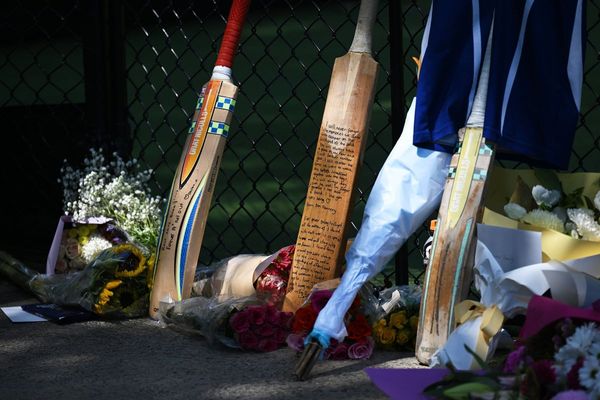
Rough sleeping in England rose last year for the first time in half a decade, official figures show, as the cost of living crisis helped push more people on to the streets.
An estimated 3,069 people spent the night sleeping rough in 2022, an annual increase of 26%, the biggest year-on-year rise since 2015 and 74% higher than 2010, the year these statistics were first collected.
The increase is a blow to the government’s 2019 manifesto promise to “end the blight of rough sleeping” by 2024. It reverses several years of progress, in which the number of rough sleepers fell from a high of 4,751 in 2017.
Homelessness charities said the figures were shocking and should set alarm bells ringing over a problem that was worsening despite a series of government initiatives and promises.
However, ministers will take solace from the fact that 2022 figures are lower than pre-Covid levels in 2019. During the pandemic, numbers dropped significantly as a result of the Everyone In policy of housing rough sleepers in hotels.
Estimates of the number of people sleeping rough are based on a single-night snapshot of people bedding down or about to bed down on the streets, or in tents, doorways or encampments. The estimates do not include people in shelters or hostels and charities say they underplay the scale of the problem.
The estimates show an increase in rough sleeping in all regions of England, with London and the south-east accounting for almost half of the rise. At local authority level the greatest number of rough sleepers were in the Westminster council area (up 63 to 250).
Other big percentage increases in rough sleeping were in Bournemouth, Christchurch and Poole, where estimates more than doubled to 64; Leicester (up 325% to 34); and Waltham Forest (up 440% to 27). The biggest decrease was in Peterborough, from 36 to 24 (down 33%).
Nearly two-thirds (64%) of the total number of rough sleepers (1,966) were from the UK, while 632 people (21%) were EU nationals; 179 people (6%) were from outside both the EU and the UK and 10% were classified as “not known”.
A Department for Levelling Up spokesperson said: “Over half a million households have been prevented from becoming homeless or supported into settled accommodation since 2018 and rough sleeping remains well below pre-pandemic levels. But we know there is more to do to help families at risk of losing their homes and to end rough sleeping for good.”
Matt Downie, Crisis chief executive, said: “These figures confirm the grim reality that the Westminster government will fail to meet its commitment to end rough sleeping by next year. The fact that homelessness is once again on the rise is frankly shames our society and if alarms bells weren’t ringing across government they should be now.”
Rick Henderson, chief executive of Homeless Link, said: “The 26% rise is evidence of how the cost of living crisis has exacerbated longstanding drivers of homelessness, such as a shortage of affordable housing, an often punitive welfare system and increasingly stretched health services.”







